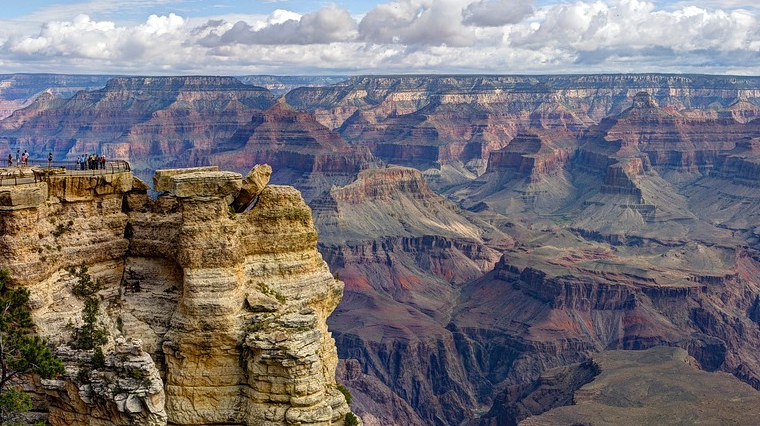Earth and Space Science Resource Library
Each of our self-paced mini units covers one NGSS standard and includes a student slideshow and work packet, assessment project with rubrics, extension activity and complete educator lesson plans.
Additional resources, helpful websites and phenomena ideas are found on this page for each unit listed.
Past Plate Motion Mini Unit Resources
Students plot fossil evidence over continents, analyze the age of ocean sediment, piece together continents like a puzzle and write a claim, evidence and reasoning to explain how Earth has changed over time. Using their newly acquired knowledge, students then predict what Earth will look like 200 million years in the future!
The Geologic Time Scale Mini Unit Resources
Students follow a recipe to make play dough and then use their dough to model superposition and relative age. Then they create an illustrated booklet highlighting one interesting event in each period of geologic time. Finally, students decide if it is a good idea to clone the wooly mammoth!
Mountains, Earthquakes and Volcanoes Mini Unit Resources
Students analyze actual earthquake data; use hot water, paper, cardboard and food dye to model convection currents; and compare earthquake depths along a subduction zone. Then, they choose one active geoscience location and describe the processes occurring there. Finally, students create a travel brochure to an active volcano or rift valley!
Weathering, Erosion, Deposition Mini Unit Resources
Students model weathering with plaster, a balloon and freezer; attempt to dissolve rocks in vinegar and watch water erode sand in a stream table. Then, they find and describe weathering and erosion taking place in their backyard. Finally, students learn more about weathering, erosion, glaciers and deposition in their area by writing a formal email to an Earth science professional. This is an excellent skill for every middle school student to practice!



